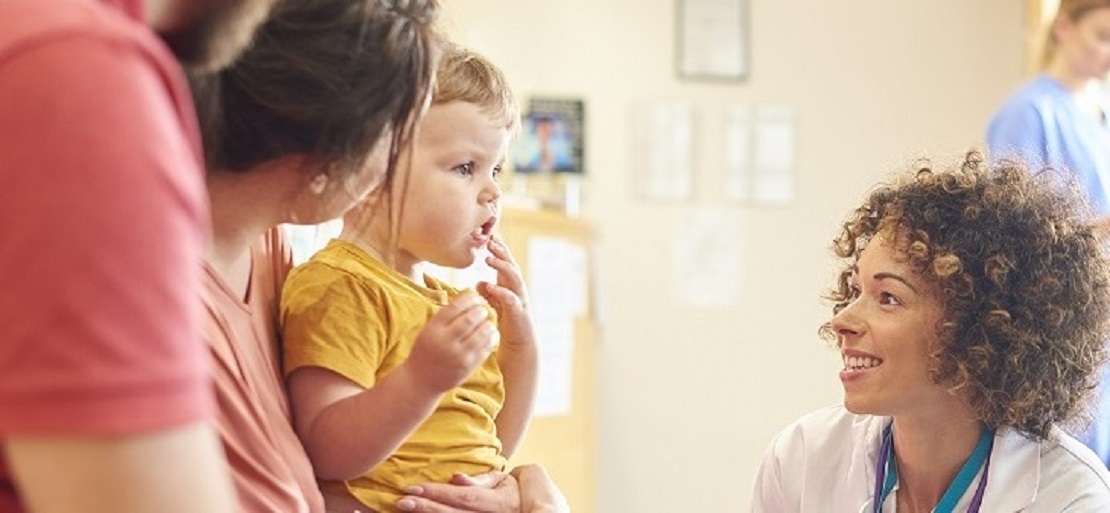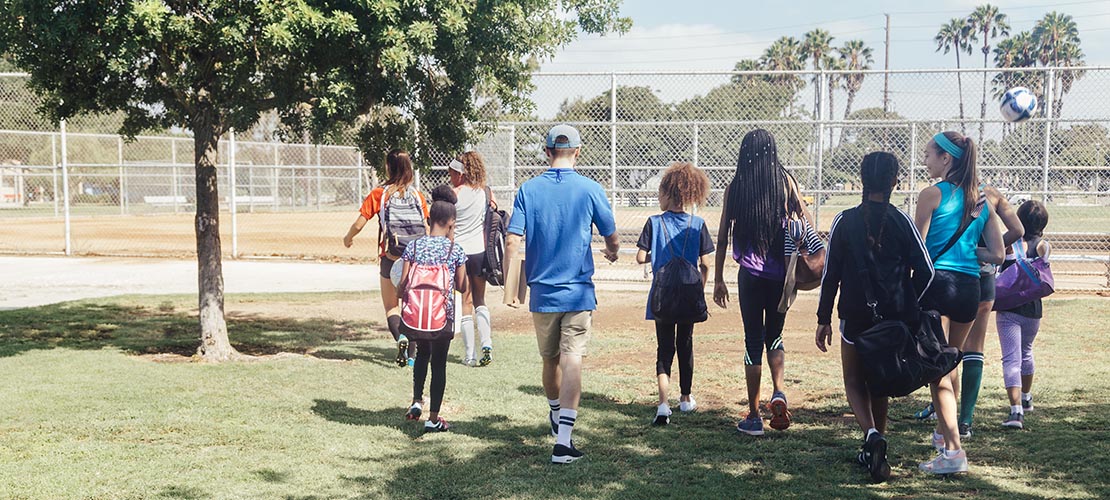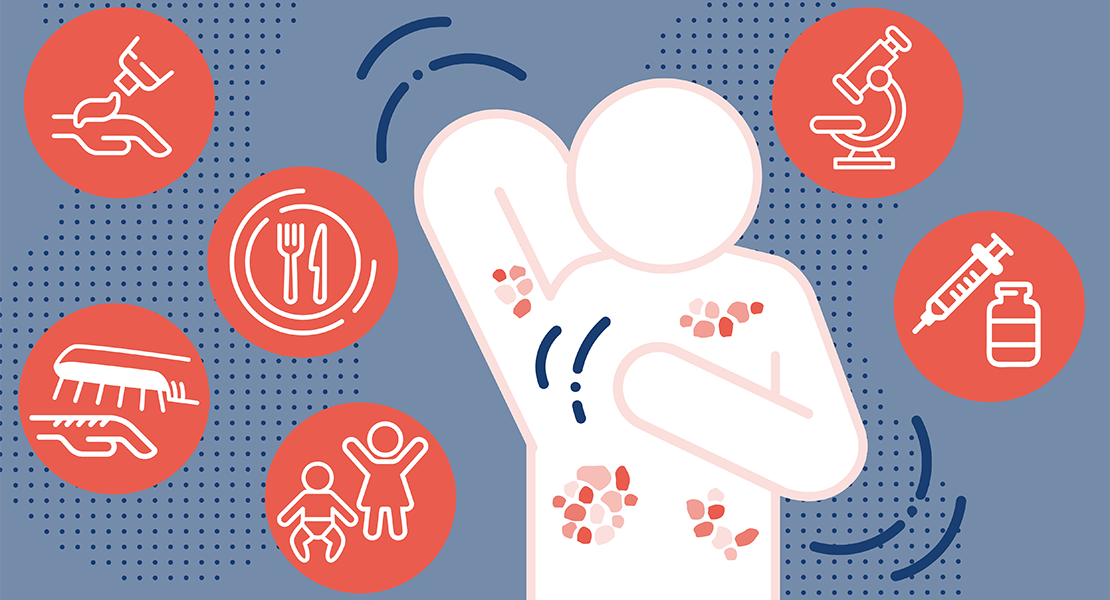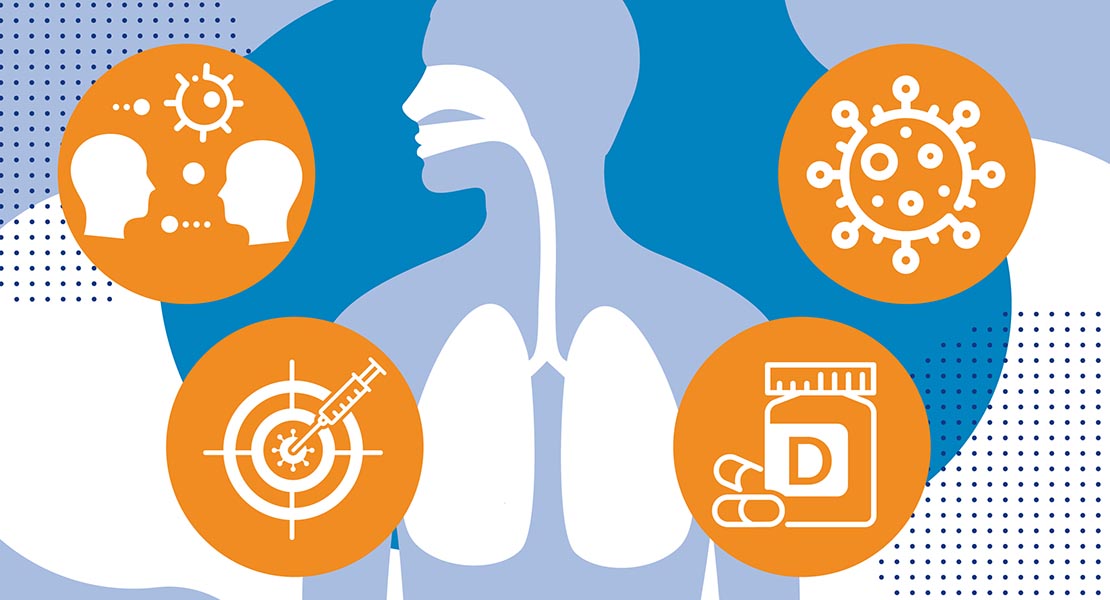The future of healthcare depends on a wide range of research - everything from potential causes of certain conditions and diseases to prevention, treatment, and ongoing health maintenance. To be truly representative, that research needs to consider the differences of the population, whether that relates to age, social demographics, gender or even factors such as location. This is something researchers are constantly looking at when designing new studies.
Research focusing on children and young people can give researchers great insight into how they can improve healthcare outcomes for future generations. It also helps them explore how they can improve the healthcare of those children and young people who need it the most during their formative years.
We’ve rounded up five studies showing just some of the ways young volunteers are helping make a difference in research.
1. Tackling childhood asthma and COVID-19 hospitalisation risks
According to the NHS, an estimated 1 million children are thought to be receiving treatment for asthma and the UK has the highest rates of children with asthma symptoms in the world. With the emergence of COVID-19 and the risk factors related to those with asthma, researchers began to delve into how this could affect children with the condition.
- A team of researchers in Scotland from the universities of Edinburgh, Aberdeen, Glasgow, Strathclyde and St Andrews, as well as Public Health Scotland, found that children with poorly controlled asthma (where they have been prescribed steroids at least twice in the last two years) were six times more likely to be hospitalised due to COVID-19, than those who did not have the condition
- Researchers studied anonymised healthcare records of school children across Scotland, including 63,463 diagnosed with asthma
- 255 per 100,000 of children with poorly controlled asthma were hospitalised, 91 per 100,000 with controlled asthma were hospitalised, compared to 54 per 100,000 who did not have the condition
- This analysis led to researchers concluding that children in the higher risk category should be made priorities for the COVID-19 vaccination, to help prevent further medical complications
- This project was jointly funded by the National Institute for Health and Care Research (NIHR) and UK Research and Innovation. It used anonymised patient data from the Early Pandemic Evaluation and Enhanced Surveillance of COVID-19 project.
2. Children with an app-based learning programme may help cut their family salt intake
According to the World Health Organisation, an estimated 2.5 million deaths could be prevented worldwide if people reduced their salt consumption to the recommended less than 5 grams per day.
An NIHR-funded study led by Queen Mary University of London and The George Institute for Global Health at Peking University Health Science Centre, looked into how to tackle this issue on a family level – with children leading the way.
- Over 590 children aged 8 to 9 in northern, southern, and central China (where salt consumption is high in children and adults) and over 1180 adults were involved
- All children and caregivers were educated about the dangers of eating too much salt, through a smartphone app known as AppSalt
- Salt intake was measured before and after the 12-month trial in all participants
- Teachers at the schools involved evaluated and further communicated the app’s educational messaging, with virtual and in-person meetings with the children and families
- After the 12 months, adult salt consumption fell by 8%
- Researchers concluded that having an approach which began with education of children and reinforced with their adult family members, did encourage the lowering of salt consumption.

3. Online support to help children with behavioural tics
For children who experience tics, such as those with Tourette Syndrome, attention deficit hyperactivity disorder (ADHD) or obsessive compulsive disorder (OCD), they can be a source of much frustration and distress. Whether the tic involves rapid movements or repeating phrases or words involuntarily, it’s something that can be difficult to control. Access to therapy to help with this is difficult, but researchers funded by the NIHR Health Technology Assessment programme, explored the effectiveness of online behavioural therapy.
- The Online Remote Behavioural Intervention for Tics (ORBIT) study involved 224 children whose tic disorders ranged from moderate to severe. The study focused on children aged 9 to 17.
- One half of the participants worked through structured education regarding their tics, and they could work through it at their own pace. The other half were also treated online but with a 10-week programme of exposure and response prevention (ERP) behavioural therapy.
- Both groups showed improvement, with the ERP group showing the biggest differences in tic severity
- After 6 months, 47% of the ERP group showed a positive response in treatment compared to 29% in the education group
- This showed researchers that this online ERP therapy for tics is effective and safe – and makes the treatment more accessible to more people.
4. Researchers in Wales focussing on mental health of young people and children
Depression is something people can experience at any age, and for young people it may be hard to understand how to get the best support.
Researchers in Wales, at the Medical Research Council Centre for Neuropsychiatric Genetics and Genomics, as part of a National Institute for Health and Care Research / Health and Care Research Wales doctoral fellowship, developed a programme accessible online to try to help with this.
- MoodHwb (hwb meaning ‘hub’ in English, but also translates as ‘lift’ or ‘boost’) has been developed with the input of young people who had depressive symptoms or were at high risk, and their carers or parents who were included in focus groups at the start of the program
- The platform was developed following this feedback and after a systematic review of the usual treatment guidelines for adolescent depression
- The focus group meant MoodHwb was developed with language that speaks to the age group in a relatable way, helps them set goals, provides the option to create a profile and features other interactive elements likely to engage that age group
- Young people and their parents or carers fed back positively after an early trial with the platform and the next stage is to test it in schools across Wales and Scotland
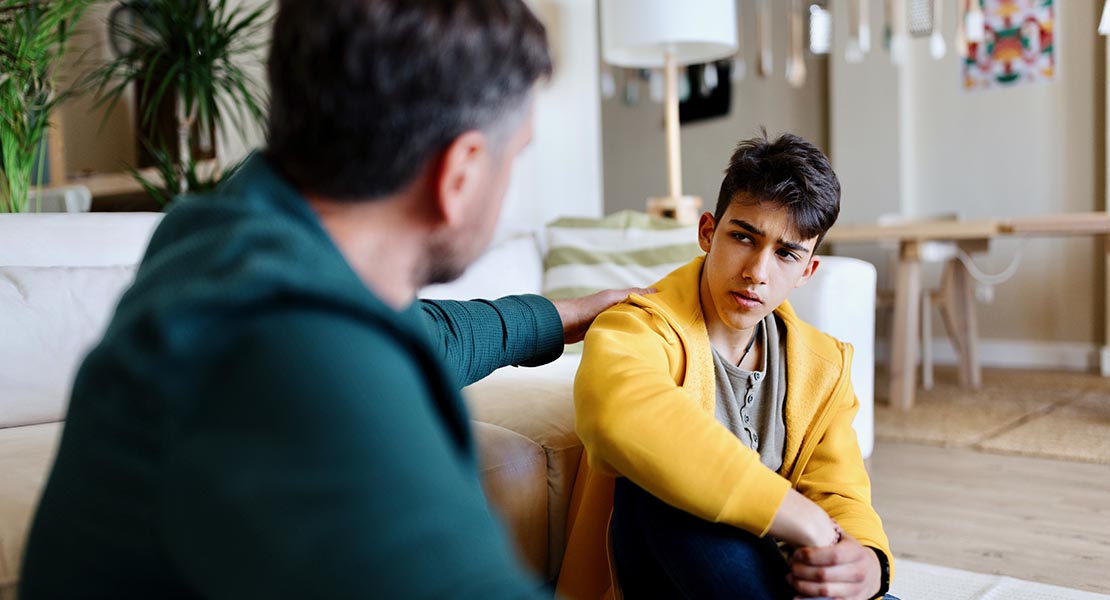
5. Young people are helping to improve the ways research is carried out
It’s not just through participation in studies that young people are helping with research – they’re also feeding in to make studies more suitable for people their own age.
Making research more accessible for different groups is a key focus for researchers and getting the insights of people who represent those groups is key.
- Researchers from the Nottingham University Hospitals NHS Trust and the NIHR Nottingham Biomedical Research Centre working on The Magnetic Resonance Imaging in Paediatric Constipation (MAGIC) study, funded by the NIHR, wanted insights from the age group they were targeting, in order to engage with participants in the right way
- Researchers designed mini-capsules, which has no effect on participants, to track their progress through the gut with magnetic image resonance (MRI)
- At the very beginning of the project the research team engaged with a Young Persons Advisory Group (YPAG) from Nottingham to ensure that the study was tailored to the needs of children taking part
- Over five years, a few times a year, a group of around 16 young people aged 8 – 18 would meet with the researchers, who would then trial ways of engaging them depending on their age and take advice from them on improvements that could be made to the study
- The YPAG feedback led to lots of changes including a re-design of the mini-capsule to make it easier to swallow, the idea to use animations to explain the study to children and creating a website for the study
- These innovative ideas showed the benefit of including different perspectives in research, in order to tailor the experience for specific groups
These examples illustrate just how important children and young people are in making research happen, and how valuable their input is into in fact shaping vital healthcare research to make it as effective as possible.
How children and young people can get involved in research
Explore current available studies for children on our website. Or use the age range filter on the left hand side of the full study listing to find opportunities for young people (aged 0 to 18).
And if taking part in a study doesn’t feel right at the moment there are other ways for children and young people to get involved in research.
